The DOOM! Report

0. Intro
The end of trends has been heralded by various outlets for years (see here, here and many more on our Are.na channel).
But COVID time is crazy. We had a hunch that the hype cycle itself was finally in its true death throes – related to economic collapse, popular uprising, a general sense of consumer fatigue, and the breakdown of a consensus reality in which such trends could incubate. Since trends are a temporal phenomenon (they have to start, peak, fade away, typify a time, bottle the zeitgeist, etc.) we began with a simple survey about the breakdown of narrative time, first circulated through our personal social media accounts. We asked the following three questions:
- How would you describe the time we live in?
- What does the future hold?
- What was life like 10 years ago?
Then we ran the same questions through an online survey distributed to 150 randomly chosen respondents, deployed in collaboration with General Research Laboratories. These responses, which will likely appear in a future memo, ranged from deeply personal to millenarian to an extreme form of ‘new optimism’.
Then our process took a crazier turn. In July 2020, OpenAI released GPT-3 for beta testing – a natural language processing system (colloquially, an “AI”) that uses deep learning to produce human-like text. K Allado-McDowell, writer, co-founder of the Artists + Machine Intelligence program at Google AI and friend of Nemesis, had started doing experimental collaborative writing with GPT-3. By exploring its quirks, K was already building an empirical understanding of GPT-3’s ability to articulate the nature of consciousness, memory, language, and cosmology. (K’s book Pharmako-AI, co-written with GPT-3, is forthcoming from Ignota Books).
We were drawn to the oracular quality of the text generated by GPT-3, and became curious about how it could interact with the material we had gathered.

Generative Pre-trained Transformer 3 is the third-generation language prediction model in the GPT-n series created by OpenAI. It has a capacity of 175 billion machine learning parameters, which is two orders of magnitude more than its predecessor GPT-2, which already had some astonishing capabilities. In a crudely simplified sense, GPT-3 was trained by reading the entire Internet (or at least a non-trivial portion of it). Within limits which are currently being explored, the quality of the text generated by GPT-3 is so high that it is difficult or impossible to distinguish from that written by a human.
Meanwhile, our examination of the end-of-trends had us thinking about “trend forecasting” as early 21st-century vernacular for cultural analysis and the corporate performance of futurity. We knew the concept had largely been made redundant by data farming, think pieces, memes, and rampant B.S. So instead of using our survey results to write more baseless claims about a perilous future, we took another tack.
With the generous help of K – who had quickly become a skilled GPT-3 whisperer – we began feeding it our survey results, in the form of essayistic synopses that summarized the key points of the respondents and quoted choice answers. We left open-ended, future-facing sentence fragments at the end of these and let GPT-3 fill in the rest, like a demented version of Gmail’s suggestive text feature. K ran the experiment via screenshare, tweaking the levers controlling the randomness and creativity of GPT-3’s output. Not every roll of the GPT-3 dice yielded equivalent results. Some were loopy, repetitive or on the gibberish spectrum. But with subsequent tweaks to the sentence fragments we used to seed it, as well as trimming back excess text and hitting “generate” again, we started to receive some interesting results. Then we began feeding some of the more exciting concepts back into the machine, improvising the inputs and departing from our original survey synopses. We also threw in the beginning of our last memo, The Umami Theory of Value, and let GPT-3 fill in the rest.
As we worked, GPT-3 quickly recognized the genre of our undertaking: a report concerned with the future written by some kind of consultancy, expert group, or think tank. So it inadvertently rebranded us, naming this consultancy DOOM!:
“Our goal at DOOM! will be to consider a plurality of futures and then doing everything that we can to prevent nuclear war, oblivion and ruin.”
In some oblique way, that is ultimately what’s at stake in this report.
What follows is a text collaboratively composed by Nemesis, GPT-3, K Allado-McDowell and our survey respondents, but arguably authored by none of us, per se. Instead you could say this report was written by the “third mind” of DOOM! which spontaneously arose when we began to process this information together with the conscious goal of generating predictions about the future. The outputs of our GPT-3 experiments have been trimmed, edited for grammar, minorly tweaked and ordered into numbered chapters. All text in yellow is GPT-3’s output. Emphasis in bold is by us. Paintings by Leidy Churchman.
Let’s get it →
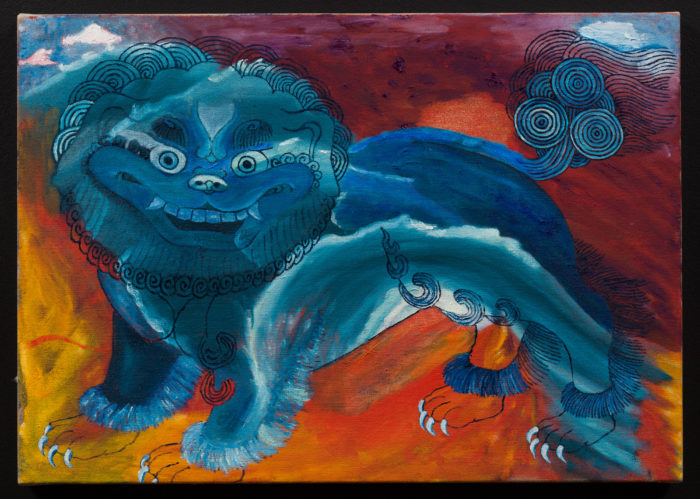
1. DOOM!
Our goal at DOOM! will be to consider a plurality of futures and then do everything that we can to prevent nuclear war, oblivion and ruin.
2. JAWS OF CHAOS
As trend forecasters we predict Future Radicalization will only increase and hasten what is to come: a downward spiral that will intensify, accelerate, and accelerate more until it reaches what some call the “Jaws of Chaos.” Only then will the system give way and turn into something completely different.
This transformation through the “Jaws of Chaos” will affect business in three key ways:
- it will bring a new set of organizational models;
- it will change the way we think about the value of the human being;
- it will bring new forms of finance, which will enable new forms of business, and in turn, new forms of human interaction.

3. TEMPORAL SCHISM
There are several possible futures that meet the description of a post-post-apocalyptic world, but there is no way to know if any of them will materialize.
The easiest way to think about this is to ask yourself, “what’s the least stable, most destructive, and least predictable future I can imagine?”
In this way, an apocalypse is defined as a radical restructuring of the world, to the point that it creates an irreconcilable schism between the past and the present.
4. PEAK EVERYTHING
Just a few years ago, foreseeing dark times might have been seen as alarmist. It was common to hear people say “don’t worry, we’ve got a plan…” However, the COVID-19 pandemic came and materialized in full-blown fashion on our doorsteps, and there appears to be no “plan”…possibly not even a hope. There are echoes of “Peak Everything” in the responses to our survey: resource scarcity, climate change, systemic collapse, uncontrollable change.
5. MEGATRENDS (THE BOOK OF PROBLEMS)
In the vast interplay of cultural patterns known as “trends”, the highest level of coherence is known as a “mega-trend.”
Mega-trends are mega-problems that affect many levels of human existence.
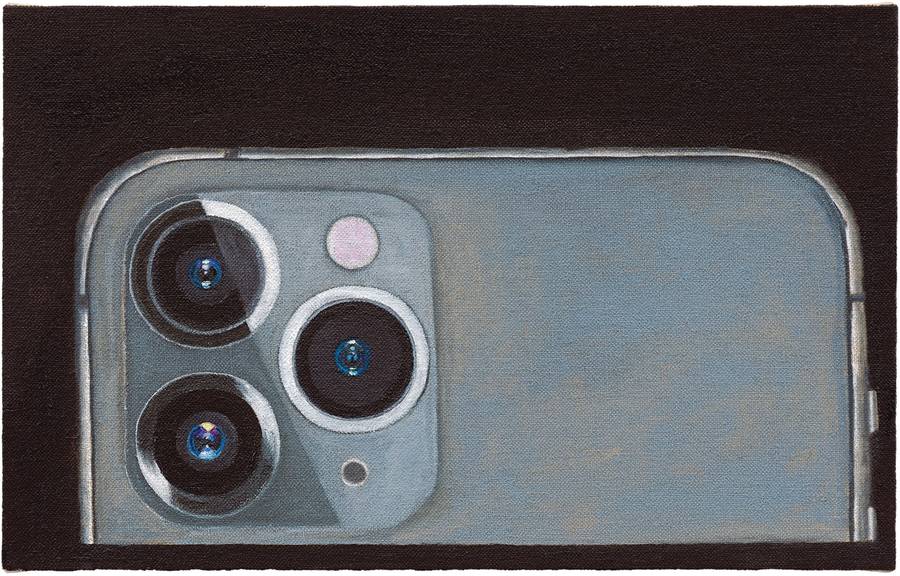
6. GENDER
It has been said that today’s teens are the “gender neutral generation”, thus signaling an end to the gendered division between male and female. This is true at a purely anecdotal level, but also true on a more abstract level. COVID-19 has introduced a sexless threat into the human race, and as a result, gender no longer serves any purpose.
“Right now, if you walk through the streets and look at everyone you see, and try to guess their gender solely based on their clothing, I would say that a good 70-80% of the people you see will end up being the gender the clothes suggest. In the future, I could see that percentage being much smaller.”
7. COVID-19
There is a rapid decay of our knowledge of COVID-19.
Every day we know less about COVID-19 than we did yesterday. Thus, the effects of COVID-19 decay. The processes taking place in our world today will lead to a future situation in which our knowledge about COVID-19 will decay. Thus based on the structure of our knowledge, we predict that the effects of COVID-19 will decay.
8. DRUGS
New drugs that stop panic attacks or aid in the creation of false memories are coming to the forefront of the field.
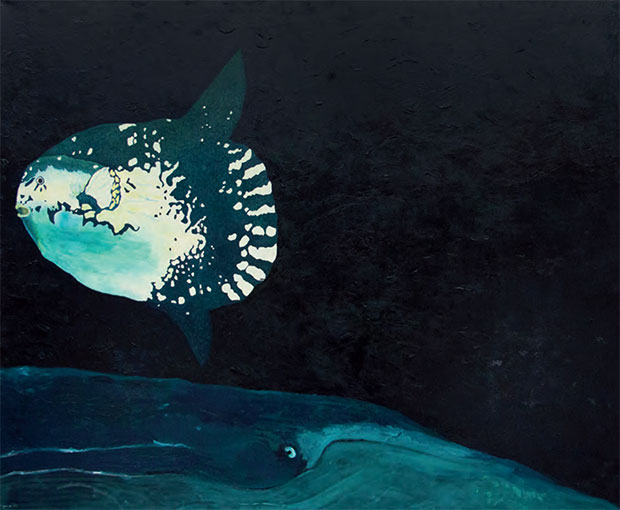
9. FORKING PATHS
A forked path is defined as: “a situation or road leading to two or more possibilities or outcomes”.
We see this theme in a few of the longer responses. This one is a bit stilted, but expresses the concern that the apparently opposite situations of ten years ago were not actually opposite:
“… when I ‘thought’ of the pre-2008 world, I realized that it was only my perception, that it was probably more sinister and dark and irrevocably damaged than I thought. And now, 10 years post, I do not see a ‘forked path,’ but a convergence where we all appear to be on the ‘same path’.”
A quantum understanding of the notion of paths and forking paths implies inevitability. Ten years ago was perhaps an inflection point because it was a time of “impact” in a larger sense. Each response to the survey that describes it as an inflection point is a bit wary of the concept of the in-ev-it-a-ble, because it fails to include an understanding of choice, agency, and control.
10. THE END OF TRENDS
The fractal property of trends and prediction implies a meta-fractal perspective that made a few respondents uncomfortable.
We may be witnessing the end of the trends in general. Even what we may be witnessing as a new trend or paradigm may be (a) a higher order statistical cluster, or (b) a continuing trend within a collapsing paradigm.

11. IDEA: DNA CHOP SHOP

12. COMPLEXITY
When we think about the definition of complicated, we need to look at two different components:
-
Complexity, as in the nature of the information problems we face – as they become bigger, they expand to include more and more of the universe (in theory)
-
Control, or the lack thereof
Ten years ago, people thought they had a grasp on things – on the financial markets, for example. Our sense of control was at an extreme high. That did not stop (and could not stop) the ongoing rise of complexity and the continued loss of our sense of control.
13. THE INTERNET
We humans are allergic to the idea of epiphanies or shifts due to a lack of control; this is one manifestation of that oversensitivity by way of overcontrol.
The paradox it leads to, to paraphrase Kevin Kelly, is that: “What the Internet was designed to let us do, it can no longer let us do.”
14. KOINONIA
Ten years from now from today, we may be entering an era in which group-level effects start to nullify individual-level effects – well, we’re already there, in some ways.
In this section, we make three trend predictions about the future of identity. The first is about the end of an era, in which individuals can define their identity by their attitude towards self-expression and autonomy. The second is about the start of an era, in which identity is based on one’s values and institutions, as well as on one’s role in a network. The third is about the rise of ethos.
To explain these trends, we draw on the emergence of the social philosophy of koinonia and its manifestations in history. The key insight is that this particular cognitive-social principle can affect both the individual and group level.
Koinonia is a type of relationship that describes a commonality of people in sharing a distinct connection or purpose. You might be inclined to think that koinonia is a trait of homo sapiens, that is, a property of our species. Rather, it is a group property that can be found at both the individual and group level. The underlying concept for this relationship is the idea of “we”, and its expression can range from something trivial, such as “this one’s a regular,” to something as big as “I belong to this family”.
Quantum koinonia is an idea within philosophy and theology that emerges when we start to test our faith via experiment. With the concept of quantum entanglement, the idea of a “small group” is extended to a group of two or perhaps three, where two or three individuals’ minds are bound together at the quantum level, and even at the collective group level.

15. DAMs
Time seems to have no limit in the expansion of ideas. As long as our capacity to think is retained, and it certainly will be, there is no reason to think that it will not continue to expand at an exponential rate.
This is not just true of the human mind.
We are evolving robot minds, we are evolving distributed autonomous minds (DAM): a cluster of connected devices, and we are becoming part of a global mind.
16. ORGANIZATIONS
Consumers will begin to cut out the clutter of organizations in their lives. They will seek to find a handful of organizations to keep, and delete the rest. Consumers will spend more time seeking out the best organizations, and will be less interested in general membership associations.

17. ART
Art in 2021 = a series of nadirs and chiaroscuros.
Our conversations kept reverting to the idea of “art” and how “art” was – despite sometimes being incredibly valuable – largely useless to society as a whole. “Art” was thus a waste of humankind’s time and creativity, and was largely to blame for society’s problems (and ultimately, its doom). Capitalist values have led us to believe that we need to constantly strive for more and more objects that give us more and more unnecessary joy and meaning for our lives.
Artists will engage nadirs and chiaroscuros in order to grapple with the blunt and brutal reality and absence of any moral and invisible truths. The narrative is embedded with a subversion of hope, facts, the familiar, the clear. This is a narrative of dread and irresolution, of stasis and fidget. It’s a narrative of translation rather than innovation, striking at translation’s inherent violence, and laying bare the stark boundary of the unknown and the known, knowledge itself, and its limits.
The four narrative attractors we’ve selected are cognate with current dystopic fiction, and our post-apocalyptic landscape is the last man flinging his bloodied hand at the sunset.
-
The artist as a figure who is stubbornly concerned with creating truth. (reminds me of something).
-
A refusal to acknowledge the reality that is clearly now the truth.
-
The coming together of a newly found knowledge and the realisation that this knowledge is useless, despite its validity.
-
The idea that in the coming years humanity will bear witness to its own total annihilation.

18. SYNESTHETIC SHOCK VALUE
Some examples that we’d prefer to not discuss in this piece are those that are dominated by elements of synesthetic shock value or nostalgia porn. Theories that the two are unrelated are absurd.
For example, DHL’s 2017 Christmas campaign featured the Spice Girls in a highly distorted version of an old Sony commercial, basing the campaign, according to one of their executives, on the tagline “and you know what, it really is Christmas”—“and you know what,” you didn’t die in the 90s.
(In fact, it was indeed Christmas.)
19. THE DOOM! APPROACH
Our work has been an attempt to observe the intimate details of particular experiences where people feel comfortable to be themselves and share their ideals—that is, where they feel safe to admit uneasiness.
20. THE EXPERIENCE SUPPLY CHAIN
“What is the most luxurious thing you can think of?” we asked.
Vermeil was suggested.
“Is that even possible? Can you have too much gold?”
“Diamonds,” said another.
“No, diamonds are old,” we replied.
“A yacht,” another said.
“That’s not luxurious, that’s just status quo.”
“The most luxurious thing is a unique experience that you can only pay a premium for once,” said Martti. This comment was illustrated by some animated gifs that we pulled up on his laptop. (He edited the first part of this essay from a bus with a broken screen.)
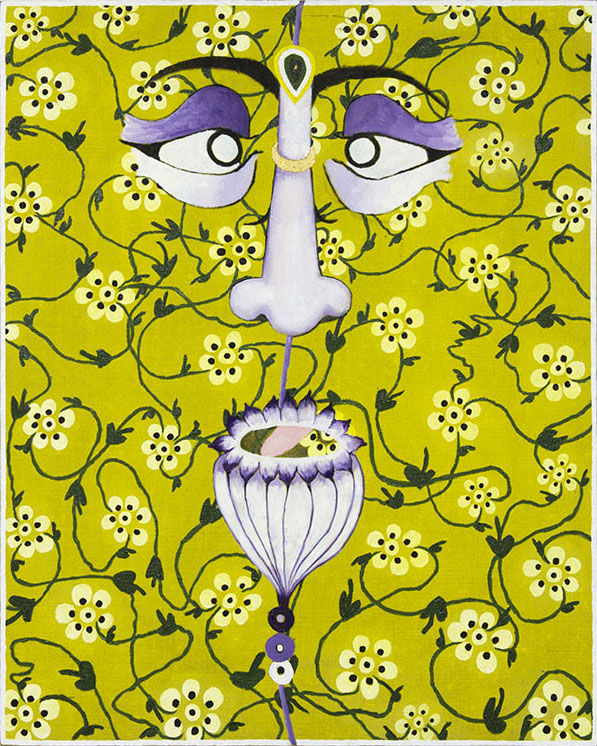
21. THE VALUE SEQUENCE
The properties of umami — the experience commodity — begin with a moment of idealism, during which individuals are able to envision a better reality around them. As they hone in, they are able to visualize everything they hope to gain from that future. To be clear, this is not optimism: this is realism at larger than life size.
The experience of this future is the peak of the value sequence—and it contains a paradox. In order to experience this future, from a state of existence that is based on one’s current reality, one must traverse a series of idealizations.
If the past reality was one of state-of-the-art, or constant update cycles, the experience of the future is based on long-term considerations that lead to long-term planning and long-term investments.
-
The first moment is an evacuation of the former state, with all of its information and all of its trends considered to be null and void.
-
The second act is a process of idealization.
-
The third is the process of visualization.
-
The fourth is the process of inhabitation – and all four are built to take the individual through that moment of paradox when there was existence before experience and experience before emptiness.
22. THE PRIVACY TRUST
Luxury goods have been conspiring to make you feel like you’re missing out. Last week we went to the Chanel Monopoly Lounge in London – it evoked the feeling of no place on earth, and you could feel the fear of missing out as people pushed and shoved for a seat nearest to Karl Lagerfeld, who, when we saw him, was eating a scallop.
This instagrammable stunt-product made us feel like we were missing out on the consumption of the 70s in San Francisco, “where it all began,” and on many of the people who were there. We felt like we were missing out on the end of capitalism, on spending money, on having kids.
Here is one of the inverse strategies that luxury goods suppliers at the Lounge attempted to tell their clients. We present it without commentary:
In the wake of the past decade of new technologies, new money, and new media, you might be surprised by how lucrative this all was. A story about how brands like Yves Saint Laurent were losing too much customer data to Facebook led to the idea of a “privacy trust.” As a trust means that the data is managed by a third party, a “privacy trust” meant that Yves Saint Laurent would buy shares in Facebook.
Nearly every luxury industry’s growth went up after the recession, a time when many were predicting the death of luxury. Before entering college, all of our academic advisors — from the most prestigious business schools to the hardest of hardcore physics departments — never once mentioned that millennials, social media, or technology would change the luxury industry. This should be taken as a clue that there is something bigger happening here.
23. MANY THINGS ABOUT THIS MURAL DID NOT HAPPEN
We can envision a time when instead of learning German we learned Japanese, because Japan was the center of real luxury, not Germany.
24. CLOTHING
Clothing has become the ultimate battleground for non-clothes horseplay. Just as politics can be exhausting, fashion is also an exhausting topic of conversation (which is why we are always quick to embrace a new generational shift).
But what may be hyper-aware from a superficial perspective becomes meaningless from a deeper perspective.
We can’t escape the burden of being interested in things.
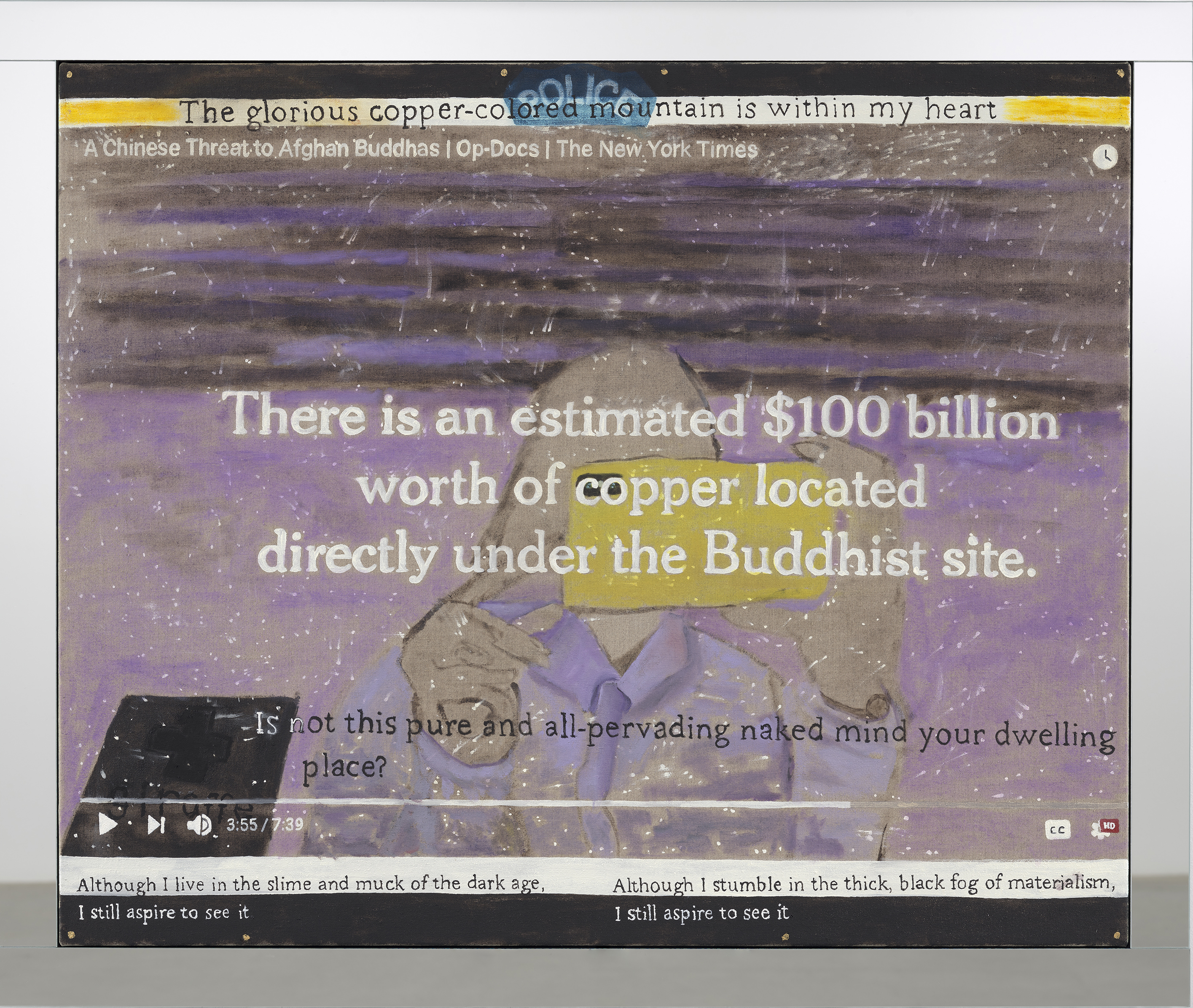
25. NEO-BEATNIKS
Style in the purest sense is not about what you wear but what you could wear.
There are no beatniks anymore because there are no beats – beats being what the swinging sixties was all about: someone slow-dancing to jazz at a party.
But Jazz has evolved into punk and then pop, and now it’s unravelling and getting processed into loops for DJs. Beatniks are just ugly frat boys.
Once the beat died, the beatniks had to change too. A beatnik can now only be a kind of empty vessel, an aesthetic equivalent of a hollowed-out tree in the middle of a sunlit meadow.
Once the community became disconnected, the beatniks had to separate from the culture and make a silent co-existence. In the absence of the beat, the beatnik became a negative force, a kind of uncomfortable, awkward sounding board.
26. 2017 TO ETERNITY
In 2017, we thought about the world being lit by a constant sunrise.
2018-2020: We do believe that a better future won’t depend on flying cars or cyberdogs. Nobody is talking about flying cars, everyone is talking about burritos.
What’s next? A lack of interest in new experiences, perpetuated by closed borders and geographical displacement. This is the happiest future, but not what we had in mind: It’s just you, being “free” (for a time) of the obligations and expectations of the experience economy.
There is no revolution, there is no utopia, there is just you, microwaving ramen, watching the dust collect up at the edges of the picture frames, with the lights off. There is no outside, there is only the light at the bottom of the microwave.
We have folded ourselves inside a single fan account of Slipknot.

27. HOLOGRAPHY
Placelessness is a product of our age. Because we had no limits to our ability to find new combinations of signs and information that were totally de-contextualized, and hence in aggregate were new enough, we believed we were always the new kid on the block.
But this feeling of being new and different is basically nothing but the feeling of being the same. Our destination was always only immediately adjacent to where we stood.
In a world of infinite metrics and possibilities, there can be no real progress because by definition the only ‘progress’ would be to regress to the same, i.e. to become the same as something else, the numeric value of which is infinite as well. Without a destination, there is no difference, and therefore no difference between where we are and where we started out.
The endpoint of this trajectory is the perpetual present, where all that matters is that one is in motion. The supposed trajectory we are on allows us to claim the future of the past as our present without ever truly being there.
We become the holographed image of a person walking while standing still.